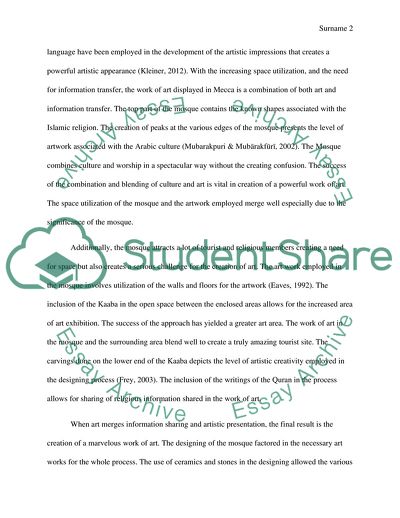Cite this document
(The Aspect of Asian Art and Architecture Term Paper, n.d.)
The Aspect of Asian Art and Architecture Term Paper. https://studentshare.org/performing-arts/1798550-some-aspect-of-asian-art-or-architecture
The Aspect of Asian Art and Architecture Term Paper. https://studentshare.org/performing-arts/1798550-some-aspect-of-asian-art-or-architecture
(The Aspect of Asian Art and Architecture Term Paper)
The Aspect of Asian Art and Architecture Term Paper. https://studentshare.org/performing-arts/1798550-some-aspect-of-asian-art-or-architecture.
The Aspect of Asian Art and Architecture Term Paper. https://studentshare.org/performing-arts/1798550-some-aspect-of-asian-art-or-architecture.
“The Aspect of Asian Art and Architecture Term Paper”. https://studentshare.org/performing-arts/1798550-some-aspect-of-asian-art-or-architecture.


